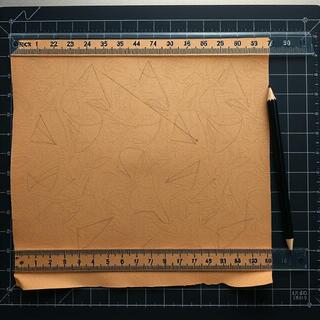
Mark
Draw grainlines, notches, and seam allowances with a light, confident hand. The goal is clarity that survives handling.
We celebrate the rhythm of stitches. Discover threads, fabrics, notions, and the quiet joy of building something thoughtful with your hands. From classic cotton to modern blends, we curate tools that make your ideas feel possible — and beautifully finished.
Explore textures that invite touch, colors that spark stories, and essentials that endure. Whether you’re tailoring a precise hem or weaving a bold new pattern, Loopline keeps your workflow smooth, steady, and inspired.
The warp is the steady backbone; the weft is the rhythm that crosses it. Together they define drape, durability, and the way light walks across the cloth.
In Loopline, we source warps that hold true and wefts that flow without snags. Whether you quilt, tailor, or experiment with mixed textiles, you’ll feel the balance in every seam.
From crisp markings to careful cuts and calm basting — precision now saves unpicking later. Follow a steady pace and let the fabric tell you how it prefers to move.

Draw grainlines, notches, and seam allowances with a light, confident hand. The goal is clarity that survives handling.

Anchor the pattern, respect the grain, and keep your shoulder relaxed — long, smooth cuts reduce fray and stress.
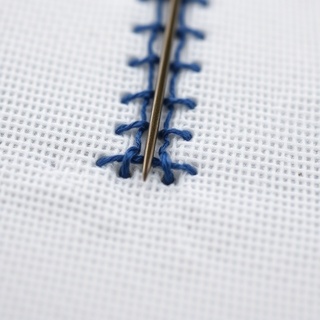
Temporary stitches let you test drape and adjust fit. Baste with contrast thread for quick removal and clean visibility.
Snaps, bobbins, and little essentials that disappear into your flow — smooth tolerances, reliable finish, fewer interruptions.
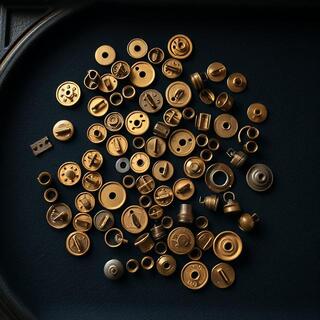

Tip: press Shift + Mouse-Wheel to scroll the rail horizontally.
A good selvedge resists fray, keeps shape after wash, and looks clean when turned. Tap a focus to inspect.
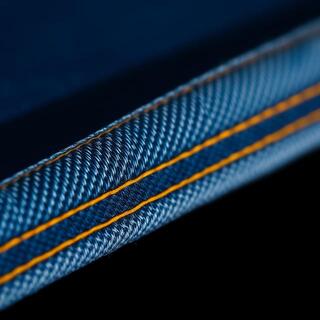
Tight warp, confident body. Holds creases for structured silhouettes.
Matte finish; indigo rub minimal after first set wash.
Firm woven selvedge; redline marker visible on the turn-up.
Medium drape; eases well on straight seams, assertive on curves.
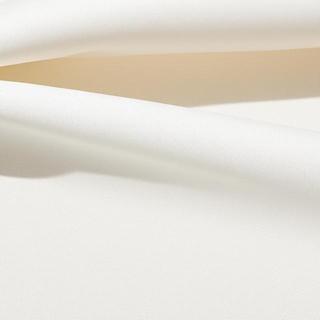
Crisp handfeel, precise needle response. Great for neat plackets.
Subtle sheen; stays bright under regular laundering.
Clean selvedge line; minimal fuzz along the border.
Light drape; behaves on darts and micro-pleats.
Natural and low-impact dyes, tested for crocking and fade. Swatches show first wash results and drydown tones.
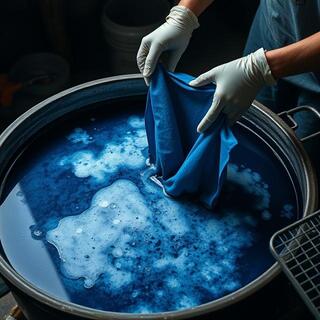
Classic denim hue; surface oxidation brings that midnight bloom. Wash holds with gentle detergents.
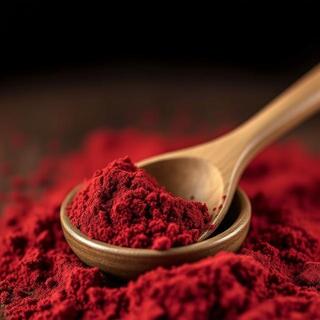
Warm brick to russet scale; pairs beautifully with unbleached cotton and rustic linen warps.
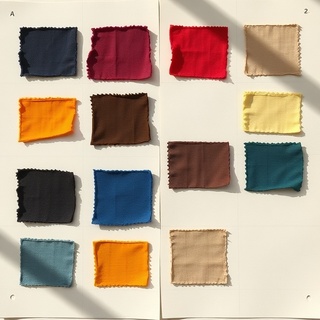
Chamomile, walnut, and marigold: gentle contrasts; ideal for quilting accents and patchwork stories.
Navigate core stitches for stability, stretch, and stealth. Each sample hints at where it shines.
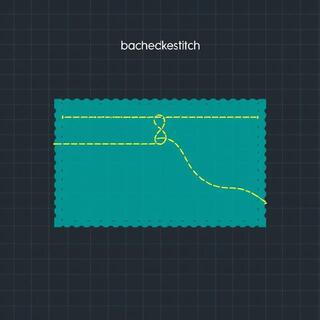


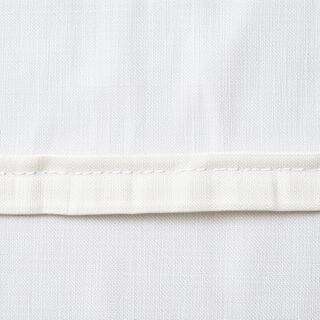
Whether you edge a collar or open a buttonhole, balance matters — weight in the hand, spring in the hinge, and a calm, predictable bite.


Field notes on fabric behavior, gathered across seasons, projects, and a patient loom.
Drape begins at the warp. Tight warp gives you clarity in silhouette and seam accuracy; loose warp yields a gentler fall but asks for firmer handling at the table. When a fabric collapses in the hand, treat it like water: guide it with wide palms, not fingertips, and test every curve before committing a cut.
Needles talk. If the needle lifts the fabric before piercing, the point is too blunt for your weave or your presser foot pressure is off. When the stitch line hums — a soft, even sound — you’re in balance. Bias pieces prefer a longer stitch and a calmer feed; hems love consistency over speed.
Color is time. Natural dyes deepen with the first few washes; synthetic blends hold their first-day brightness longer but can read “hard” under sunlight. Pair warm dyes with breathable bases to keep the overall read gentle. Indigo rewards patience: let the oxidation finish before judging the hue.
Edges deserve ceremony. A clean selvedge can be a design choice, not just an economy. On the inside, overlock for fray control, or bind with a complementary strip when the garment is meant to travel and be loved. On the outside, a blind hem can make a line whisper instead of shout.
Rest is a technique. Press seams as if they were decisions. Let them cool flat before moving on; fabric remembers the last temperature as much as the last gesture. When a project fights back, switch tools, switch needles, or switch tempo. The cloth will tell you when it’s ready.
A modular lattice for marking grainlines, darts, and seam allowances; hover to highlight paths.


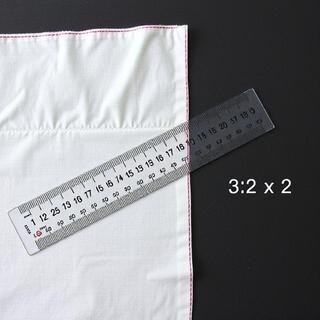
Heat, moisture, and time — press like you mean it. Fold memory into fibers before the final stitch.
Tidy lanes keep projects honest. Label light, rotate stock, and let color help you remember.

Group by fiber first, hue second. Polyester for endurance, cotton for breath, silk for glide — clearly marked.

Keep lengths visible from the top; separate coil/metal. A quick glance saves a fitting redo.
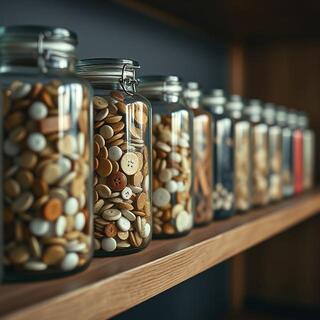
Diameter first, then mood: matte, gloss, and wooden warmth. Keep a few extras for future mends.
Short and clear notes about shipping, care, and choosing the right tools and fabrics.
Whether you're planning a project, curating a space, or just saying hello — leave us a note and we’ll reply with care.